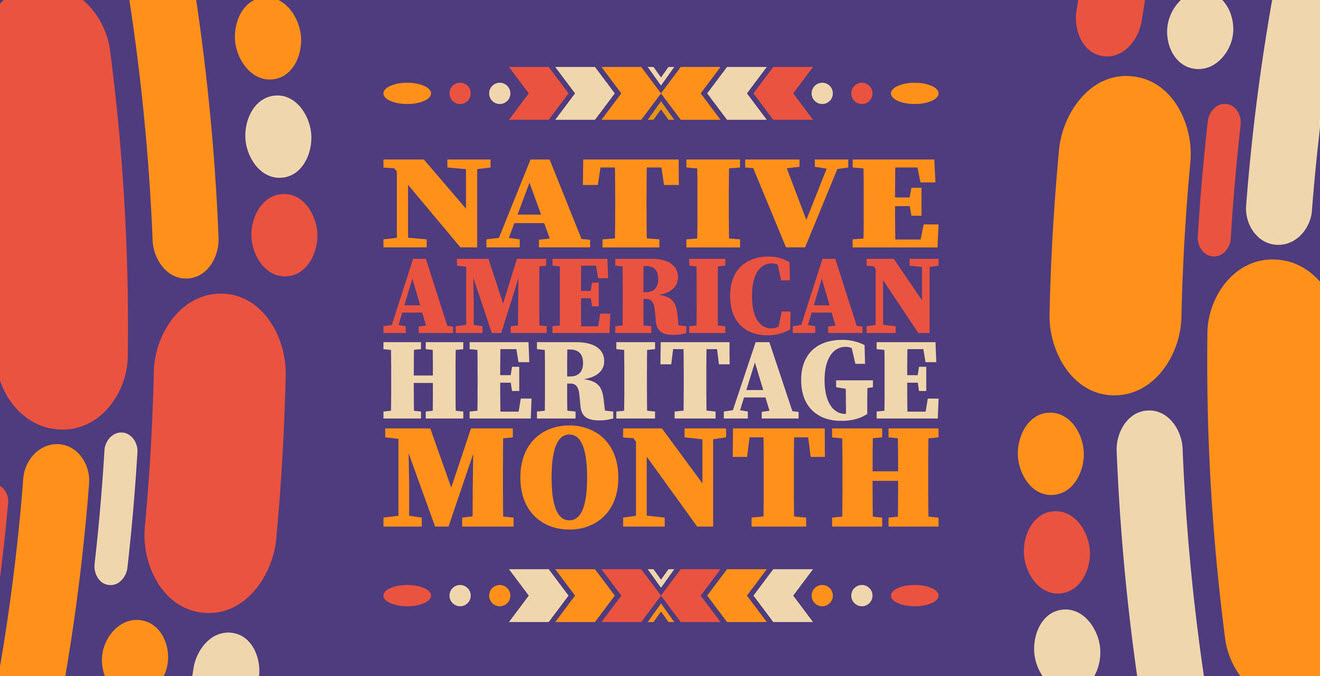| By Gale Staff |
Americans explore and celebrate Native American culture, history, and social contributions every year during November, which is Native American Heritage Month in the United States. Teachers can help their students celebrate the month and learn about important figures in U.S. history by accessing new portals available in Gale In Context: Middle School. Encouraging students to explore resources about prominent Native Americans can help them understand the purpose of Native American Heritage Month and make connections and develop social awareness. Building social awareness requires students to understand others’ perspectives, and learning detailed information about historical figures can help students practice that skill.
Teachers can encourage students to visit the new Chief Sitting Bull portal so they can learn about the Lakota chief who traded his own freedom to help keep his people safe. Teachers can also guide students to read an article about the Wounded Knee Massacre to understand Sitting Bull and his motivations. Students may be interested in reading a news article about Sitting Bull’s unlikely friendship with Buffalo Bill. Students may also want to visit the new Geronimo portal to learn about an Apache leader who resisted the theft of his people’s lands and the violence of the U.S. military.
Students may visit the new Squanto portal to learn more about a historical figure whose true life story is rarely told. For example, they can learn that his real name was Tisquantum, and he was enslaved and taken to Europe for a time. Teachers can encourage students to learn more surprising facts by reading an article about the Wampanoag people or by reading a news article about the significant contributions that Squanto, the Wampanoag, and other Indigenous people made to early colonial life. Students who want to learn more can access the portals in the Related Topics section: Native Americans, Colonial America, and the Thirteen Colonies.
Some students may be more interested in learning about modern Native Americans, and teachers can guide those students to investigate the new Maria Tallchief portal, which tells about the life of the world-famous prima ballerina. Tallchief—a member of the Osage Nation—made history as the United States’ first major prima ballerina and internationally recognized talent. Students can learn about Tallchief’s career and legacy by listening to an audio clip commemorating her life. They can also learn about Tallchief’s legacy through an article about one way the U.S. government attempted to commemorate the significant contributions that Tallchief and other women made to U.S. history and culture.
Teachers can encourage students to reflect on the information they learned about famous historical figures and specific groups of Indigenous peoples through their research. They may have students reflect by asking them to try to take on the perspectives of the historical figures they researched. Teachers can also ask students to share their reflections with partners or briefly write about them. Such reflections are valuable because they help students increase their social awareness and enrich their understanding of U.S. history.




